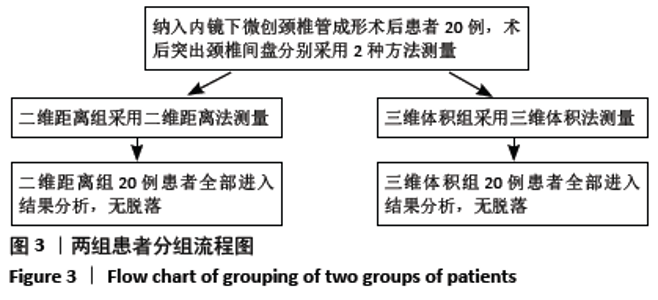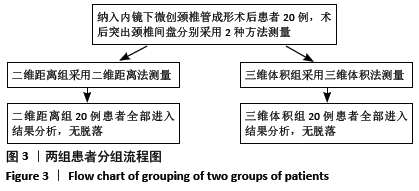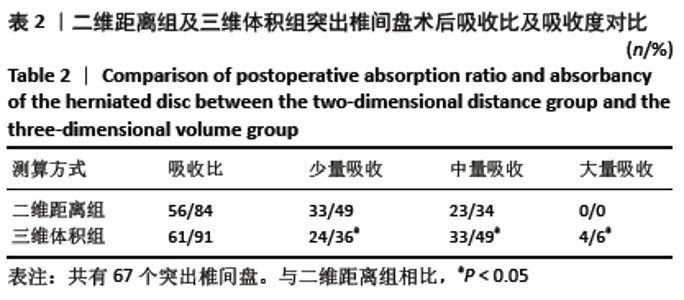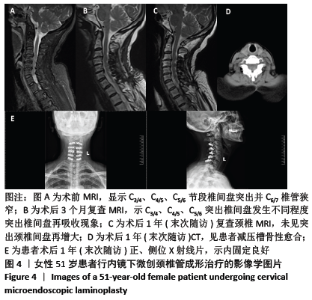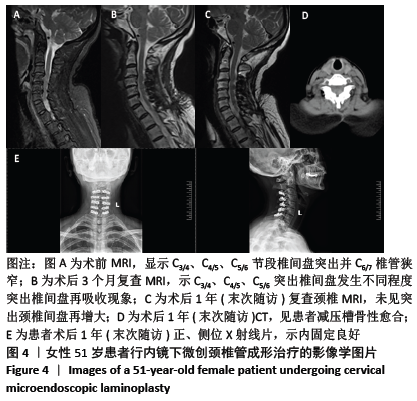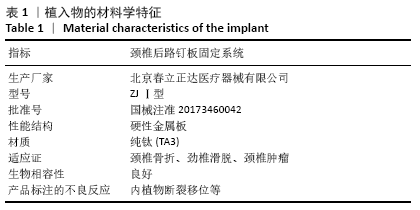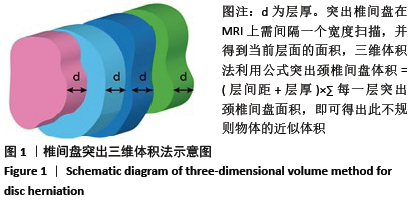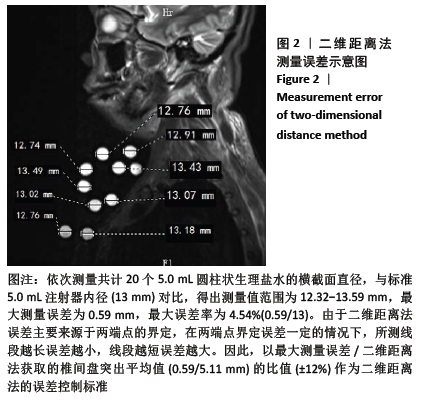Chinese Journal of Tissue Engineering Research ›› 2021, Vol. 25 ›› Issue (21): 3390-3394.doi: 10.3969/j.issn.2095-4344.3858
Previous Articles Next Articles
Quantitative measurement of resorption of cervical herniated disc after cervical microendoscopic laminoplasty by two-dimensional distance method and three-dimensional volume method
Wu Yanyu, Zhang Chunlin, Shao Chenglong, Yan Xu, Liu Xiaokang, Wang Yongkui, Li Dongzhe
- Department of Orthopedics, First Affiliated Hospital of Zhengzhou University, Zhengzhou 450000, Henan Province, China
